Why, for instance, had she emerged into the Pacific Ocean out of the Bungo Strait in Japan south of Shikoku and not far from the East China Sea? For days now, not unlike a stray sheep on the immeasurable green meadows of waters, she had been keeping an offing from various interesting islands far out of her path. Lot's Wife and Arzobispo. Rosario and Sulphur Island. Volcano Island and St. Augustine. It was somewhere between Guy Rock and the Euphrosyne Reef that she first sighted the periscope and sent her engines full speed astern. – UTV, 32.
The "rather odd course" steered by the S.S. Samaritan leads it past various islands, of interest to Lowry primarily because of their names.
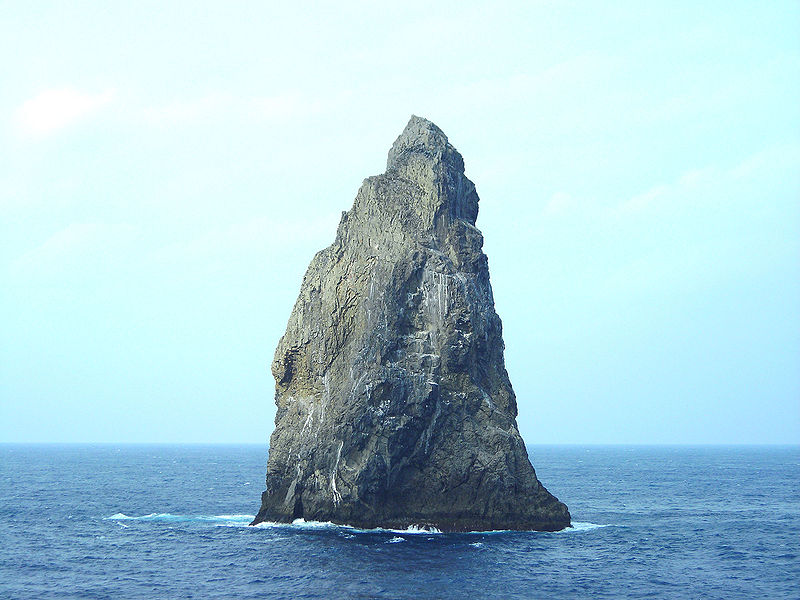
Lot's Wife (above), also know as Sofu-gan [The Widow's Crag] and Rica de Oro [Black Rock], is located approxiamtely 650km off the coast of Tokyo, and is the southernmost tip of the Izu archipelago in the Philippine Sea. The island was first named by the British merchant sailor John Meares, as noted by William Henry Rosser (North Pacific Pilot, 161; excerpt below).
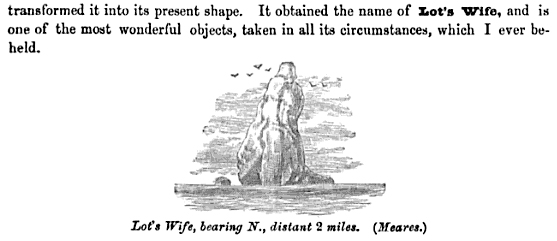
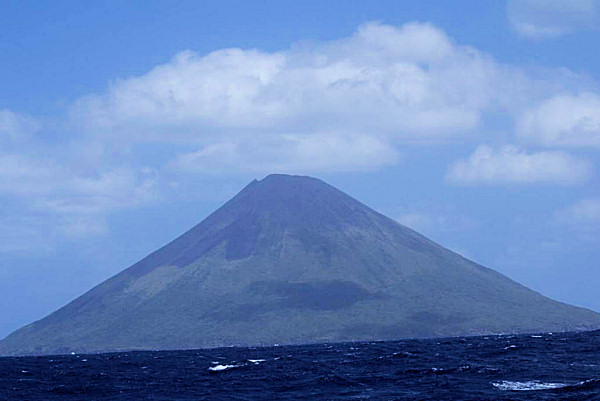
Arzobispo (above), also known as Chichijima, is the largest of the Bonin Islands.
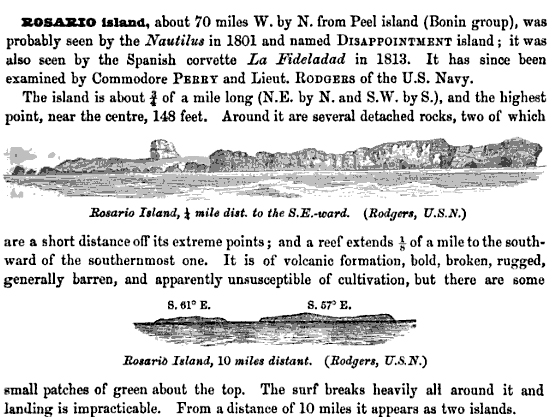
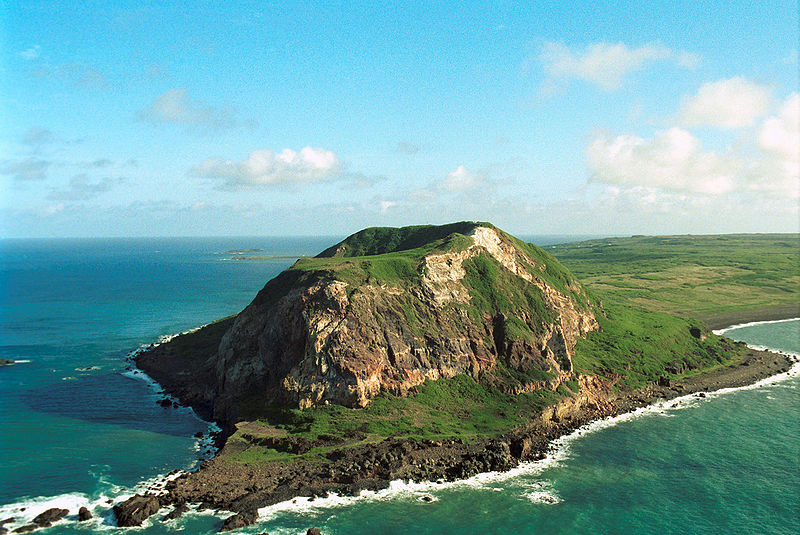
Sulphur Island, also known as Iwo-jima (above), is the largest of the Volcano Islands.
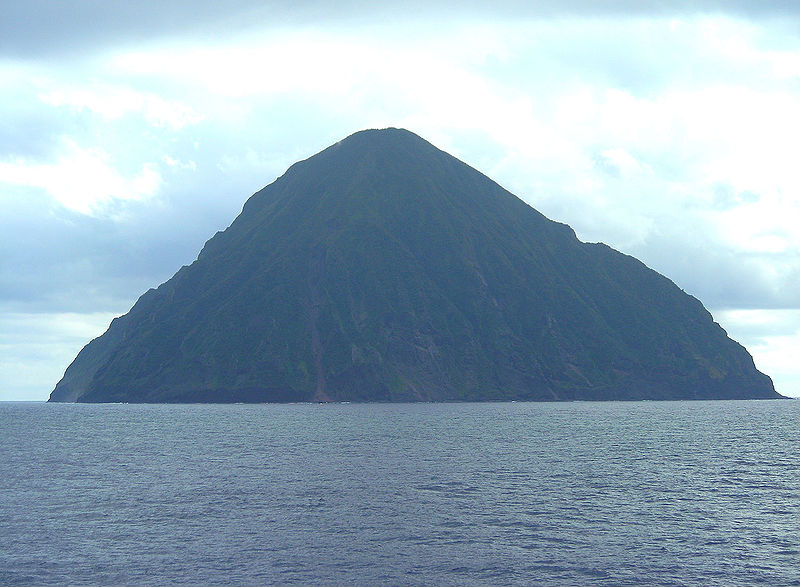
San Augustino, also known as Minami Iwo Jima [South Sulphur Island] (above).
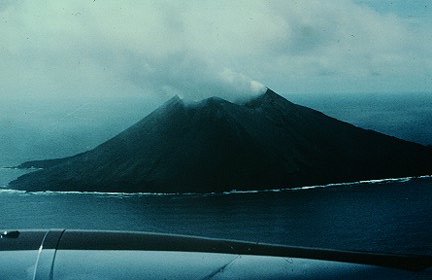
The 'Volcano Islands' in the Bonin group were discovered and named by Bernardo de Torres in 1543. It remains unclear whether Lowry used the name of the group for one island, or whether an unknown source text identifies a specific island.